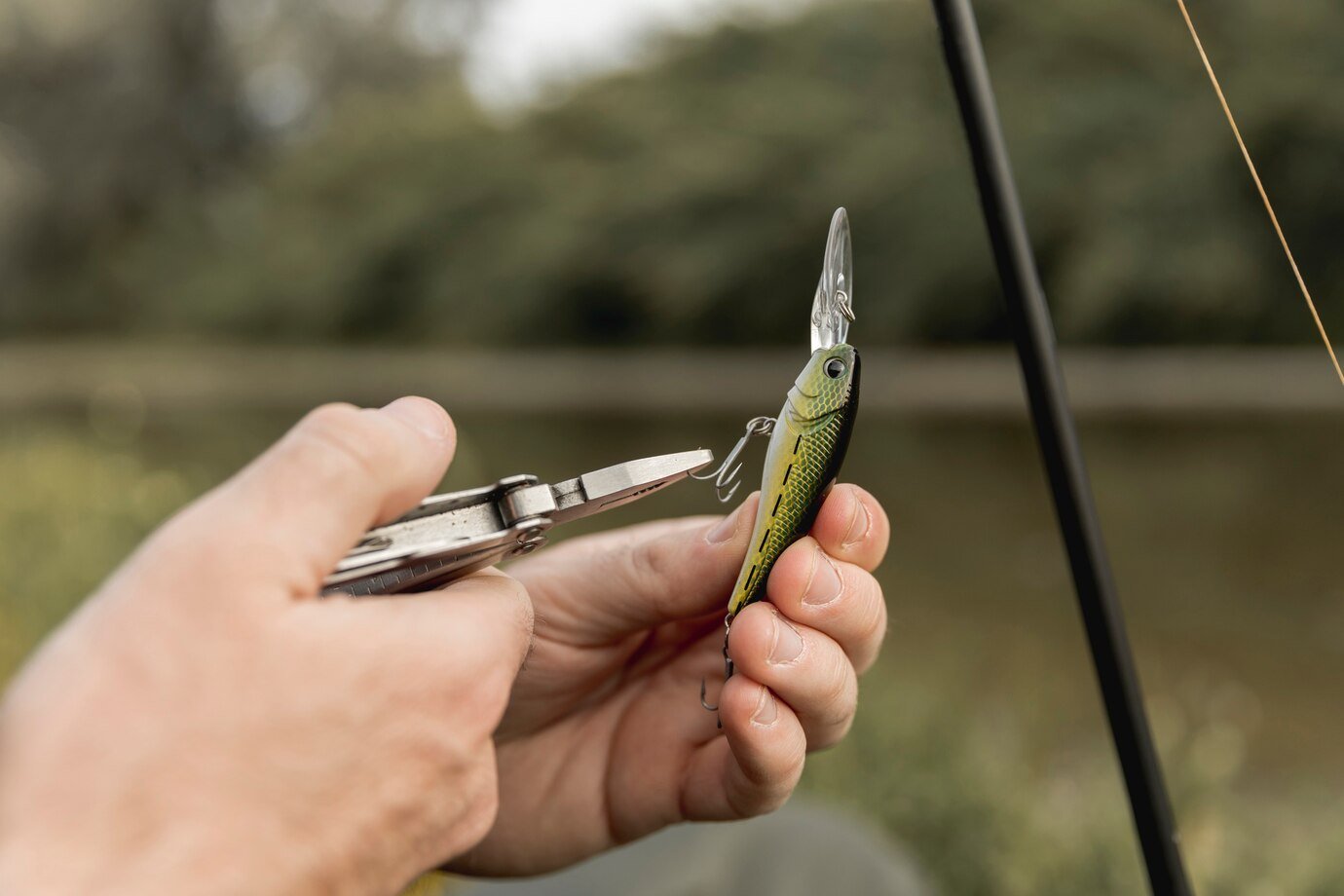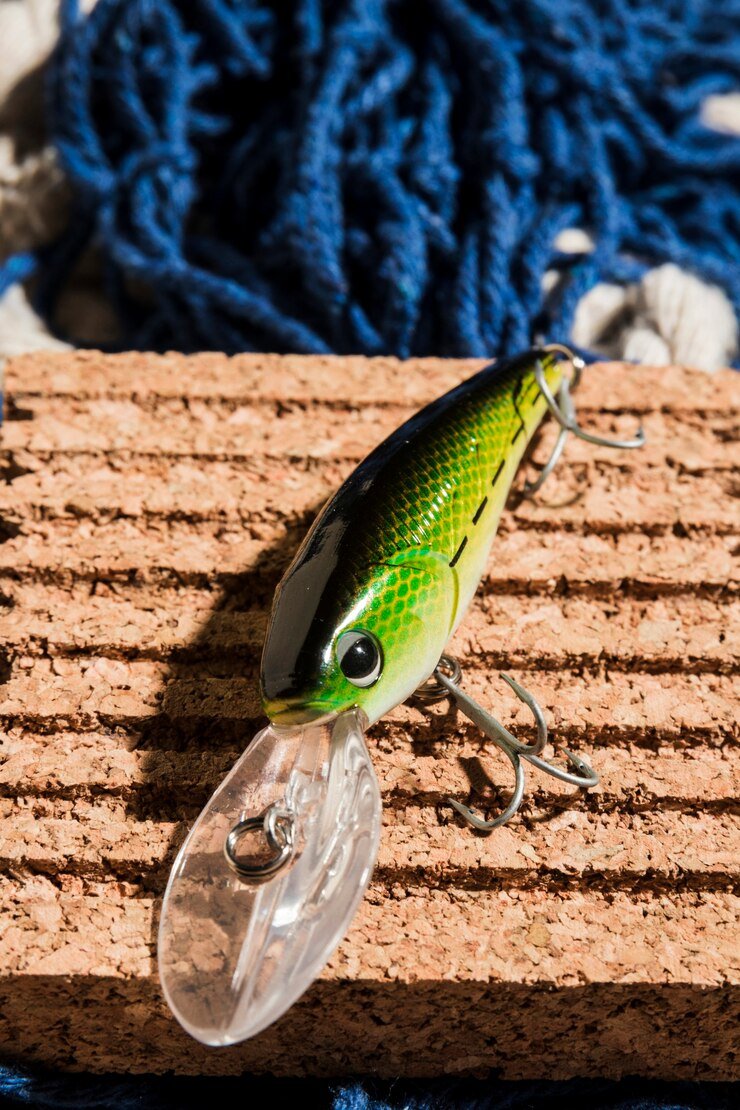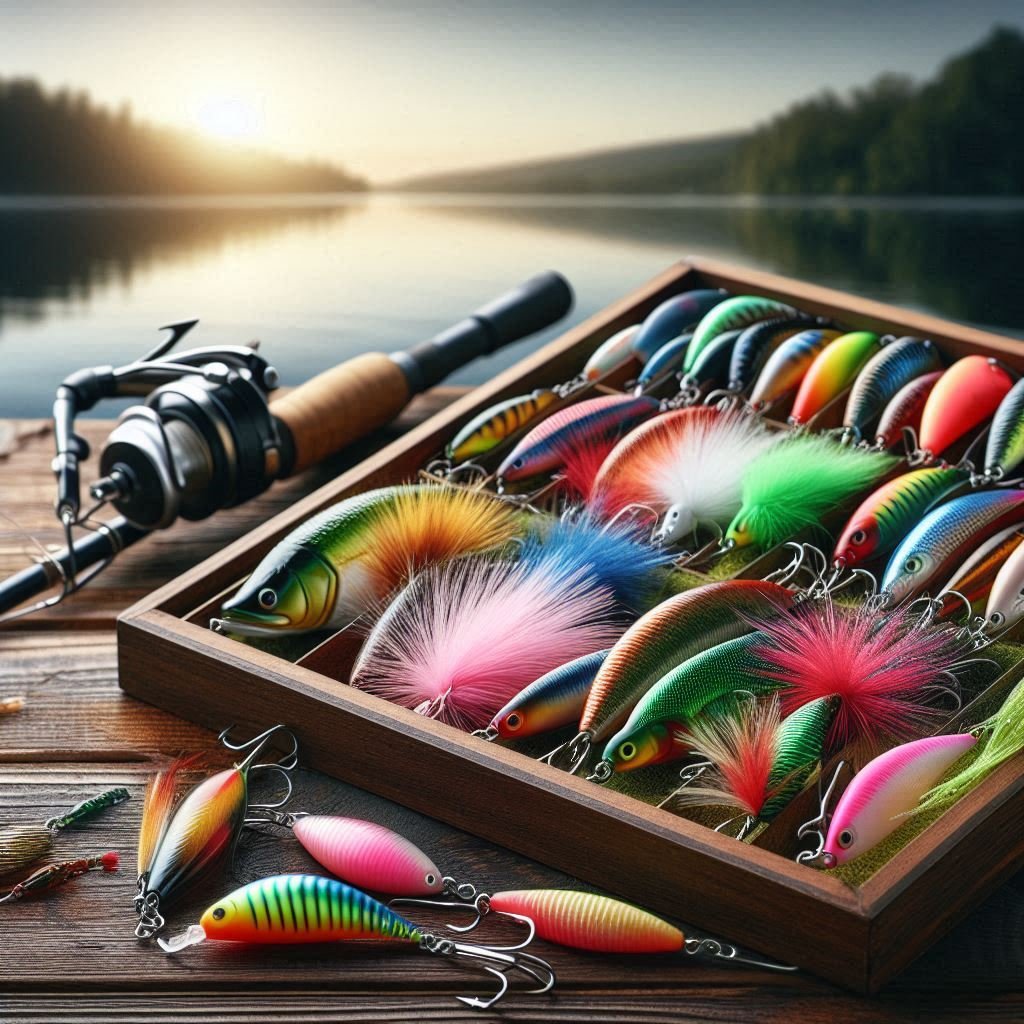The fishing lure industry is a cornerstone of modern angling, offering a vast array of designs, materials, and innovations to help anglers catch more fish. Behind these creations are some of the world’s leading fishing lure companies, which combine cutting-edge technology with decades of expertise to produce lures that mimic natural prey and trigger fish to strike. In this comprehensive guide, we’ll dive into everything you need to know about fishing lures, from their purpose and types to the role of materials, design, and advanced techniques.

What Are Fishing Lures and How Do They Work?
A fishing lure is an artificial bait designed to attract fish by imitating the appearance, movement, or behavior of natural prey. Unlike live bait, lures are crafted from materials such as wood, plastic, metal, or silicone, giving manufacturers endless possibilities to innovate. The goal of fishing lures is to entice fish into striking by triggering their natural instincts, whether they are feeding, protecting their territory, or responding to vibrations in the water.
Fishing lure companies like Rapala, Berkley, and Strike King are known for creating lures that excel in different fishing conditions, whether it’s clear freshwater streams or choppy saltwater bays.
Types of Fishing Lures
The wide range of fishing lures available today caters to every angler’s needs. Here are the main types of lures and their specific uses:
Hard Baits
Hard baits are rigid lures made of plastic or wood, often designed to resemble baitfish or other prey. They include crankbaits, jerkbaits, and topwater lures. These are ideal for bass, walleye, and pike fishing, with various models that dive to specific depths or float on the surface.
- Crankbaits: Great for covering large areas quickly and targeting bass or walleye.
- Jerkbaits: Effective for imitating injured baitfish, especially in colder waters.
- Topwater Lures: Create surface disturbances to attract aggressive predators like bass.
Soft Plastics
Soft plastics are flexible and lifelike, mimicking worms, grubs, and other prey. They are widely used in freshwater fishing and are highly customizable.
- Stickbaits: Ideal for subtle presentations in clear water.
- Swimbaits: Provide realistic swimming action for large predatory fish.
- Creature Baits: Designed to mimic crawfish or other invertebrates.
Spinners and Spinnerbaits
These lures use rotating blades to create vibrations and flash, mimicking baitfish. They are effective in murky or stained waters.
- Inline Spinners: Perfect for trout and smaller freshwater species.
- Spinnerbaits: Combine vibration and visual appeal to target largemouth bass.
Spoons
Spoons are concave metal lures that flutter through the water, imitating distressed baitfish. They are ideal for deep-water fishing or for targeting species like trout and salmon.
Jigs
Jigs are versatile lures that feature a weighted head and soft or feathered bodies. They excel in both freshwater and saltwater environments.
- Finesse Jigs: Great for clear water and subtle presentations.
- Football Jigs: Designed for dragging along rocky bottoms.
Flies
Fly fishing lures, or flies, are lightweight imitations of insects, minnows, or other small prey. Fly-fishing enthusiasts often use them for targeting trout, grayling, and even bass.
Materials Used in Lure Construction

The materials used by fishing lure companies greatly influence the performance and durability of a lure. Here’s a closer look:
Wood
Wooden lures offer natural buoyancy and are often used for topwater or floating lures. Brands like Heddon pioneered the use of wood in lure crafting, creating timeless designs.
Plastic
Plastic lures dominate the market due to their versatility and cost-effectiveness. Companies like Rapala and Berkley use plastic for crankbaits, jerkbaits, and soft plastics, offering high durability and intricate designs.
Metal
Metal lures, including spoons and spinners, are highly reflective and durable. Their weight makes them ideal for deep-water applications.
Silicone
Silicone is commonly used in soft plastics, providing a lifelike feel and realistic movement. This material is perfect for worms, grubs, and other flexible designs.
The Importance of Color, Size, and Shape
Selecting the right lure involves understanding how factors like color, size, and shape impact its performance.
Color
In clear water, natural colors like green, brown, and silver work best. In murky water, brighter hues like chartreuse, red, and orange are more visible to fish.
Size
Lure size should match the prey fish in the environment. Smaller lures are effective for trout or panfish, while larger lures target bass, pike, or musky.
Shape
The shape of a lure determines how it moves. For example, long, slender shapes like jerkbaits mimic baitfish, while bulkier shapes like jigs resemble crawfish or other bottom-dwelling prey.
Lure Action: The Key to Attracting Fish
The action of a lure is its movement in the water. Different lures have unique actions that appeal to fish in various ways:
- Wobbling: Side-to-side motion, ideal for crankbaits.
- Vibrating: Created by spinners or vibrating jigs, perfect for murky water.
- Fluttering: Slow, irregular movement seen in spoons and soft plastics.

Advanced Techniques with Fishing Lures
Fishing lure companies design their products for a range of advanced techniques that cater to experienced anglers:
Trolling
Dragging lures like crankbaits behind a boat is effective for covering large areas and targeting fish at varying depths.
Jigging
Dropping a weighted jig to the bottom and lifting it rhythmically is a proven technique for targeting bass, walleye, and other species.
Scent and Sound: Enhancing Lure Effectiveness
Many fishing lure companies incorporate scent and sound into their designs. Scented soft plastics mimic the smell of prey, while rattles or vibrating mechanisms attract fish by stimulating their lateral line.
Maintaining and Modifying Fishing Lures
To ensure long-lasting performance, clean your lures after use and store them in a dry tackle box. You can modify lures by upgrading hooks, adding feathers, or changing weights to suit specific fishing conditions.
The Evolution of Fishing Lures
Fishing lures have come a long way, from hand-carved wooden plugs to today’s high-tech models with UV coatings, 3D-printed designs, and built-in electronics. Fishing lure companies continue to innovate, offering products tailored to every angler’s needs.
Expert Tips for Choosing Lures from Fishing Lure Companies
- Match the Hatch: Choose lures that resemble the prey species in your fishing area.
- Adapt to Conditions: Adjust lure color, size, and type based on water clarity and weather.
- Experiment: Don’t be afraid to try new lures from different manufacturers.
Latest News and Events in the World of Fishing Lure Companies
The fishing industry continues to evolve, and fishing lure companies are at the forefront of innovation. Recently, at the 2024 Fishing Tackle Trade Expo in Orlando, leading companies such as Rapala, Berkley, and Strike King showcased their latest innovations, including eco-friendly lures made from biodegradable materials. This shift aligns with growing environmental awareness, offering anglers sustainable alternatives without compromising performance.
In addition, the 2023 Pro Bass Fishing Championship demonstrated the effectiveness of cutting-edge lures. Anglers highlighted the use of 3D-printed crankbaits and UV-coated soft plastics to catch trophy bass. These events not only spotlight the best lures on the market but also emphasize the constant innovation from top fishing lure companies to meet the needs of modern anglers.
FAQs About Fishing Lure Companies

What are some of the top fishing lure companies?
Leading fishing lure companies include Rapala, Berkley, Strike King, Z-Man, and Megabass. These brands are known for their high-quality designs, durability, and effectiveness in various fishing conditions.
What makes fishing lure companies different from one another?
Each company specializes in unique designs, materials, and innovations. For example, Z-Man is known for its durable soft plastics, while Rapala focuses on high-performance hard baits like crankbaits and jerkbaits.
Which fishing lure company makes the best crankbaits?
Rapala and Strike King are industry leaders in crankbait production. Their lures are designed with precision to mimic baitfish, and they offer options for different depths and conditions.
Are there eco-friendly fishing lures available?
Yes, several fishing lure companies, such as BioSpawn and Googan Baits, are producing eco-friendly lures made from biodegradable materials. These lures are designed to minimize environmental impact.
What is the most popular fishing lure from Rapala?
The Rapala Original Floating Minnow is one of the company’s most iconic lures, known for its versatility and lifelike action. It remains a favorite among anglers worldwide.
How do fishing lure companies test their products?
Fishing lure companies often conduct extensive field testing in various conditions. They collaborate with professional anglers and use advanced technology, such as underwater cameras and simulations, to ensure optimal performance.
Are custom lures made by fishing lure companies?
Yes, some fishing lure companies, like Livingston Lures, offer customizable options. Anglers can choose colors, patterns, and features to suit specific fishing environments or target species.
What is the role of technology in modern fishing lures?
Technology plays a significant role, with companies incorporating features like sound chambers, UV coatings, and scent-infused materials. Some brands, like Berkley, even use data from fish behavior studies to design their lures.
Do fishing lure companies produce lures for specific fish species?
Absolutely. Most companies create lures tailored to specific species. For example, Strike King offers lures designed specifically for bass, while Acme Tackle specializes in spoons for trout and salmon.
What should I consider when choosing a fishing lure company?
Consider the company’s reputation, the species you’re targeting, and the environments you fish in. Reading reviews and understanding the strengths of each company’s lures can help you make an informed choice.
Share Your Favorite Lure Brands and Stories
What’s your go-to fishing lure company, and which of their products have brought you the most success? Have you tried any of the latest innovations, such as 3D-printed lures or biodegradable soft plastics? Share your thoughts and experiences in the comments below, or tag us on social media with photos of your favorite catches. Let’s celebrate the creativity and craftsmanship of fishing lure companies together!
Choose the Right Lure from the Right Company
Fishing lure companies play a crucial role in shaping the angling experience, offering tools that combine tradition, innovation, and craftsmanship. Whether you’re a weekend hobbyist or a competitive angler, the right lure can make all the difference. Let’s Check Out Spook Fishing Lure: A Comprehensive Guide to Its Use, Action, and Effectiveness
Take the time to explore products from leading brands, experiment with different designs, and find what works best for you. If this article helped you better understand the world of fishing lure companies, drop a comment below, share it with your angler friends, and let us know your favorite brands. Let’s keep the conversation going and help every angler find their perfect lure!
